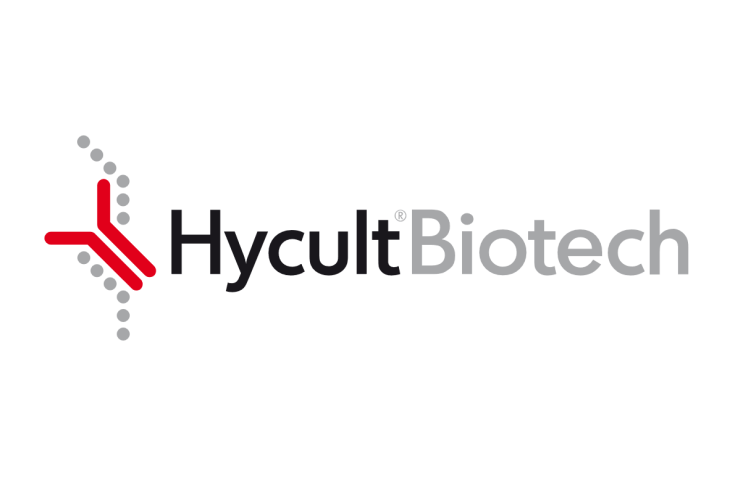The vertebrate immune system has evolved innate immune defense pattern recognition receptors (PRRs) that detect unmethylated cytosine-phosphate-guanine (CpG) motifs within bacterial DNA. Cellular activation by CpG motifs occurs via the Toll signal pathway. The Toll-like receptor-9 (TLR9, CD289) appears to be a major component of the CpG-DNA receptor, acting by direct binding to CpG-DNA, which triggers the induction of cell signaling pathways including the mitogen activated protein kinase (MAPKs) and NFκB, leading to stimulation of various cells of the immune system. The human TLR9 is expressed in B cells and plasmacytoid dendritic cells (PDC). Mice also express TLR9 in the myeloid compartment. Optimal sequences for activating TLR9 vary among species. Synthetic ODN contain CpG-DNA motifs mimicking the immunostimulatory effects of bacterial DNA and can, therefore, be used as immunoprotective agents, vaccine adjuvants and anti-allergic agents. CpG ODN also affects immune tolerance and autoimmunity. Different classes of CpG ODN are characterized each with distinct effects on the immune response: CpG-A ('D'-type), CpG-B ('K'-type), and CpG-C. This non-CpG is a 20-mer ODN has the following sequence: 5'-gcttgatgactcagccggaa-3'. It does not show any biological activity in various experimental systems tested and is able to compete with CpG ODN in in vitro stimulation experiments. Regular letters represent phosphorothioate linkage.
Do you have any questions about this product?
Order your product by email
Productname
Non CpG-DNA, Human/Mouse
HC4034-200NMOL
By filling out this form, you are placing an order by e-mail. You will receive an order confirmation within one working day. The order cannot be modified after receipt of the order confirmation.
Request a sample
Productname
Non CpG-DNA, Human/Mouse
HC4034-200NMOL
By filling out this form, you request a sample. You will receive an order confirmation within one working day. The order cannot be modified after receipt of the order confirmation.
Are you looking for specific products, alternatives or documentation?











